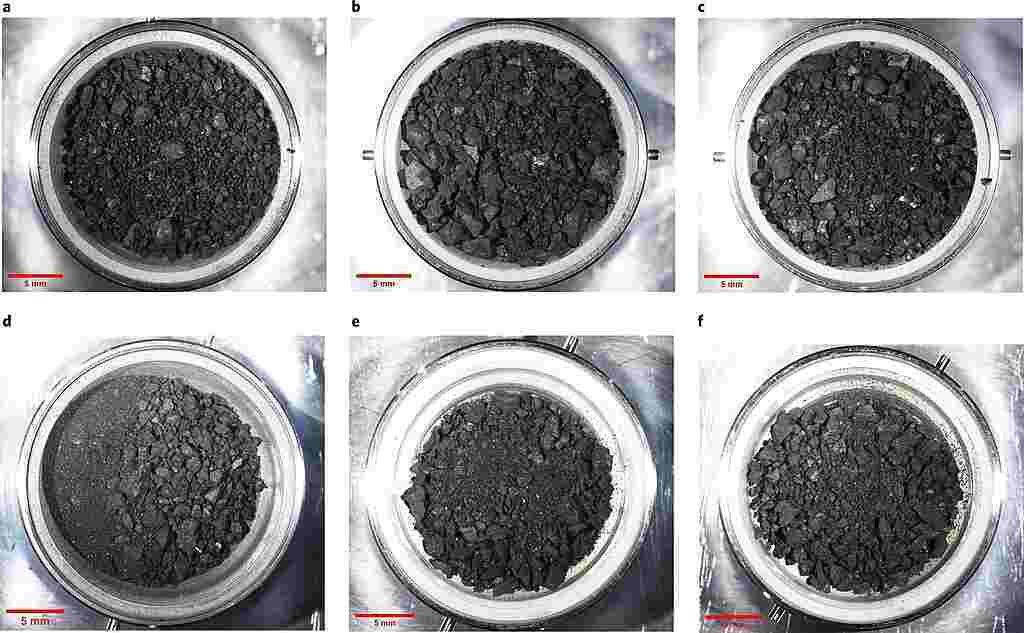h bar
h bar value = 1.05457182 × 10-34 m2kg / s
The symbol name is ℏ, which means reduced Planck’s constant (ℎ/2π).
h with stroke or h strikethrough for what?
Planck’s eponymous constant ℏ (pronounced h-bar) was introduced by Max Planck to explain experimental observations of the radiation spectra of black bodies. Planck’s constant was broadened in meaning by Albert Einstein, who introduced the quantum of electromagnetic energy, now called a photon.
Planck’s constant ℏ relates a photon’s energy to its radial frequency:
E = ℏω
The currently accepted value for ℏ is 1.054571817×10-34 J-s (according to the 2019 International Bureau of Weights and Measures).
What is this for? Planck’s constant decreases?
We sometimes come across the notation ℏ (read “h bar”). This is the reduced Planck constant, with the value h/2π
Adding 2π in makes it easier to write equations when working with pulsations associated with waves, and with the mandatory intervention of 2π.
Read also: Physics Symbols and Chemical | Meanings and Explanations
The symbol h in Planck’s constant
In physics, Planck’s constant, denoted h, also known as “quantum action” since its introduction in quantum theory, is a physical constant that has the same dimensions as energy times duration.
Named after the physicist Max Planck, it plays a central role in quantum mechanics because it is the fundamental proportionality coefficient that relates a photon’s energy to its frequency (E = hv) and its momentum to its wavenumber (p = k) or, more generally, to discrete-type properties. corpuscular to the continuous nature of the wave type.
Its value, which was established by the convention since 20 May 2019, is now the basis for the definition of the kilogram.
Reduced constant
The de Broglie hypothesis led Erwin Schrödinger to propose in 1925 that the evolution of a particle of mass m in a potential energy field is described by a wave function which associates with each point of space a complex number (analyzable in one module and one phase) and which satisfies the following equation:
If for example the particle’s Hamiltonian does not explicitly depend on time, the wave function can be decomposed into a function of space and a function of time. Solving by separating the variables shows that the equation is the form of:
- with
Therefore, in many cases, in quantum mechanics, it is more natural to speak of angular frequency than of frequency itself, i.e. to express frequency in radians per second and not in hertz. (which corresponds to the phase rotation speed in reciprocal space). In these formulas, it is most often useful to absorb the factor 2π into the constant itself, which leads to the use of the reduced Planck constant (or Dirac constant), equal to the Planck constant divided by 2π, and denoted ℏ:
The energy of a photon of angular frequency ω=2πf is written like this:
Similarly, the angular momentum is then related to the wave number :
These two relations are the temporal and spatial components of a special relativity formula dealing with quadrivectors:
Sources: PinterPandai, Britannica, Quora

















